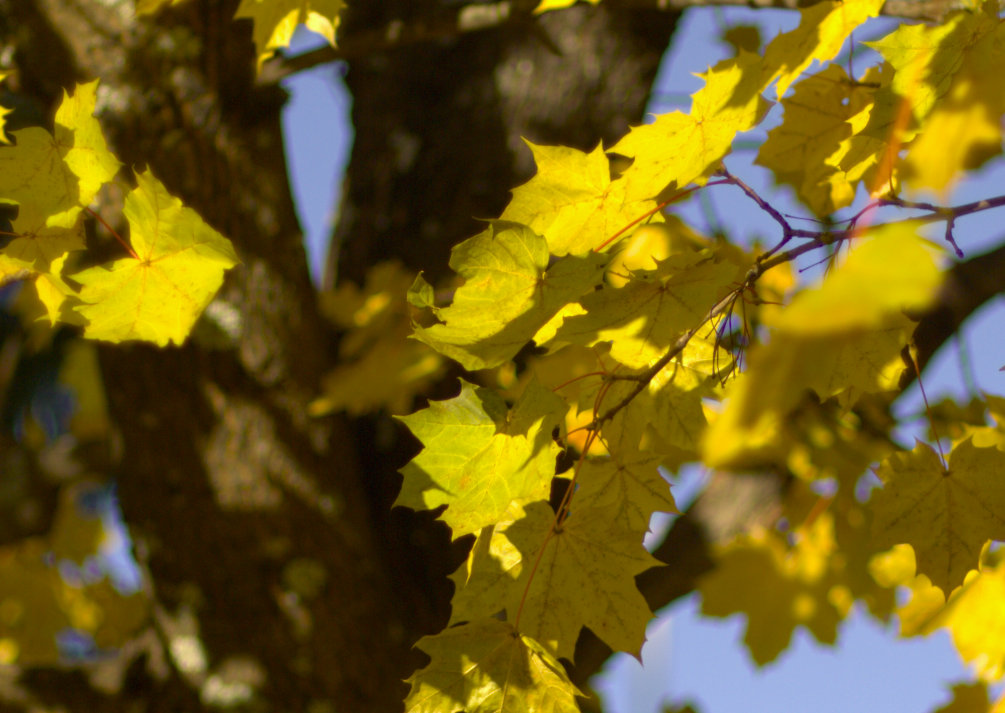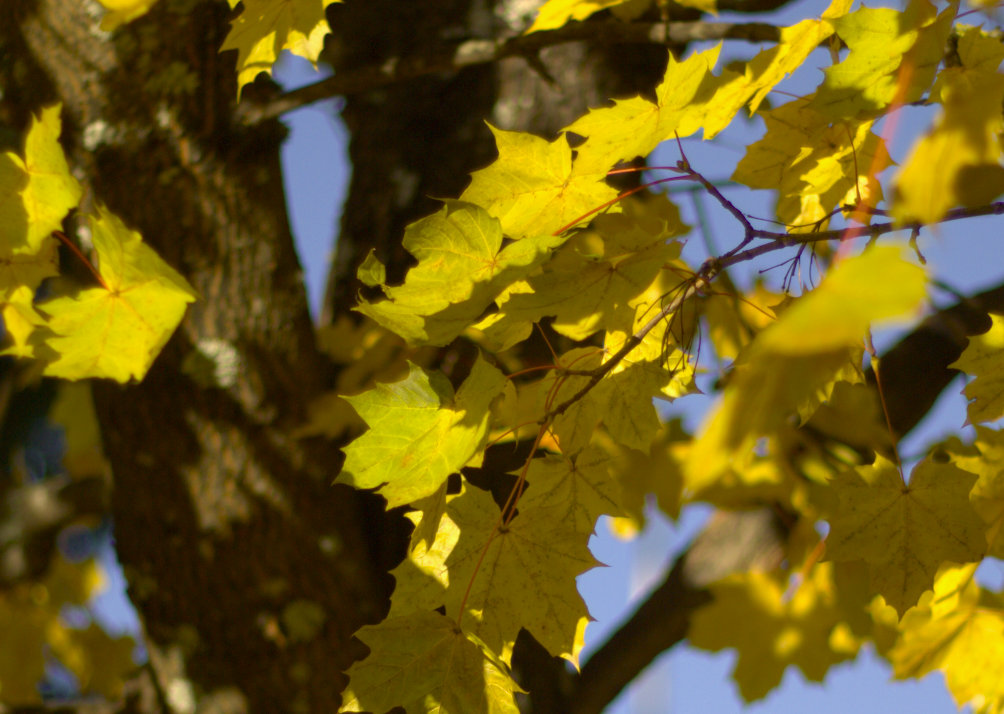Perhaps one or the reasons that Science is cast aside is that it would seem that the vast majority of people (including our leaders) are quite simply ignorant. They've spent far too much of their lives learning the importance of which brand of suit matters, what is the fashionable thing to be saying or some other strictly intra-human stuff.
People pat them selves on the back and marvel at the advances of the modern world when they are fundamentally so ignorant of the materials our "modern world" is built on they don't even know how the match they light their cigarette with works or even how to brew some of that beer they are drinking.
Heck many people struggle with understanding price / quality relationships in what they buy and some people are starting to forget why salt is a preservative...
So is it any wonder if you view it this way that understanding climate change has descended into an argument sounding like a pair of children repeating:
did not
did too
did not
ad infinitum
Question, why do there have to be predominately such polarized views in the community about this topic. In reality you don't need to be a genius to see that not only are things changing but we are changing things.
Well if you look at children you get the answer: yell louder and you win
Don't get me wrong, children are highly intelligent ... its just that they're both ignorant and as yet have not acquired wisdom (you know, that stuff which comes from built up experience and reflection)
To not see these things you must live in a mega city like New York, LA, London ... hardly ever leave or have anything to do with the world outside your neighborhood. Chances are, that even then you'll notice something, but equally you'll probably find some structure or fiction to help you believe what ever you want to.
Amid the guff that gets touted in the media and the even bigger circus of parliament some people are actually plugging away trying to understand what we see and make sense of it. Last week I read just such a publication in the Journal of Climatic Change (ISSN 0165-0009 ) by William F Ruddiman. He is from University of Virginia, Charlottesville, VA 22904, U.S.A. and published a peer reviewed article called "THE ANTHROPOGENIC GREENHOUSE ERA BEGAN THOUSANDS OF YEARS AGO" (that title is a link to the full text)
I thought his hypothesis made so much sense that I wanted to bring it a little more mainstream than among researchers. Hence this blog article.
A good summary of his view of this comes from his abstract:
The [human generation of CO2] era is generally thought to have begun 150 to 200 years ago, when the industrial revolution began ... A different hypothesis is posed here: anthropogenic emissions of these gases first altered atmospheric concentrations thousands of years ago. This hypothesis is based on three arguments:
(1) Cyclic variations in CO2 and CH4 driven by Earth-orbital changes during the last
350,000 years predict decreases ... yet the CO2 trend began an unexplained increase 8000 years ago, and the CH4 trend did so 5000 years ago.
(2) Published explanations for these gas increases based on natural forces can be rejected based on paleoclimatic evidence.
(3) A wide array of archeological, cultural, historical and geologic evidence points
to viable explanations tied to human changes resulting from: early agriculture in Eurasia, including the start of forest clearance by 8000 years ago and of rice irrigation by 5000 years ago.
now, this makes more sense to me ... especially when you consider the following:
The first problem with this "industrial era" view is that it neglects the impact of time. Per-annum rates of carbon release in pre-industrial times may have been smaller by an average factor of 10 or even considerably more, but the cumulative emissions could still have been enormous because of the much longer interval of time over which they operated.
The pre-industrial "tortoise" (starting very early, even though at a slow rate) can cumulatively outdo the industrial "hare" (faster rates, but starting much later) by a factor of two:
7800 years × 0.04 GigaTon of C per yr average = 320 GtC cumulative total
200 years × 0.8 GigaTon C per yr average = 160 GtC cumulative total.
This all sounds so plausible, simple and fits the facts without distortion it is quite compelling.
So, who'd have thought, all those people for the "romantic" notions of keeping the land as it is, trying to disturb minimally and live in "harmony" may have just made sense.
The bottom line of this article to me is:
- human activity is a significant contributing factor to our present changes
- its not just what we are doing now, its what we've been doing for ages
- that we are doing it more and faster just has to stop
but as a friend of mine says ... the entire system is self correcting. The correction however means that we just may make the place very ugly by our standards and it may not support humans anymore.
We need to move beyond stupid carbon trading schemes, pull ourselves out or our past and move forward with modern solutions.
Our ancestors burnt wood because it was all they had ... we now have:
- energy from solar (space based solar stations are an attractive solution)
- more efficient methods (even if they are using more energy in total its often less per person)
so what's holding us back? Is it politics, economics or just ignorance?
Post Scriptum
I thought I would mention here after the brief comments made below that I am neither a believer or a non-believer. I try as I can to understand the issues at hand with an eye to the rational. I can say for sure that I do not like the many changes which we humans are clearly to blame for such as:
- clearing (try this Australian Government link)
- soil salinity
- urban sprawl destroying the already reducing habitat of animals such as Koala
- destruction of ecosystems due to excessive waterway adaptations
Maybe everyone wants to live in places like this:
but myself, I prefer to live in places where I can live like this
and do stuff like this:
and go spend time in places like this

















